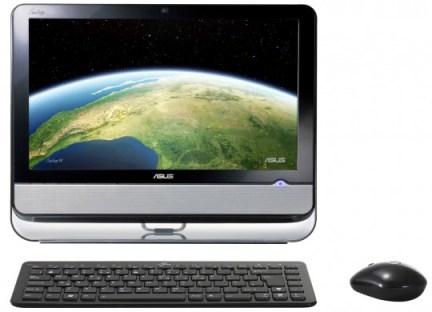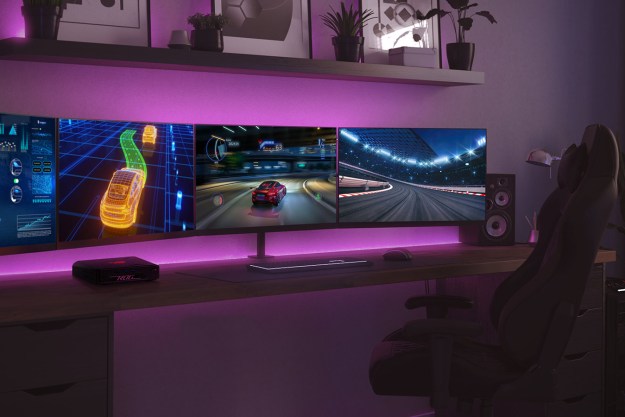 The first of the netbooks to hit the market were underpowered when it came to decoding most video, especially if that video was in HD resolution. This left users frustrated with choppy video playback or the outright inability to play some videos.
The first of the netbooks to hit the market were underpowered when it came to decoding most video, especially if that video was in HD resolution. This left users frustrated with choppy video playback or the outright inability to play some videos.
NVIDIA stepped in and launched its Ion platform that allows the lowly netbook to offload the decoding of HD video from the processor to the GPU for smooth playback and better overall system performance. NVIDIA set some lofty goals for its Ion chipset and aimed to oust Intel integrated graphics from notebooks and netbooks with the new offering. It has taken a while, but netbooks and other machines using Ion are finally hitting the market in force.
ASUS has announced that it will be using NVIDIA Ion graphics in many of its most popular netbooks moving forward. The computers that will get the Ion enhancement include the Eee 1201N, the EeeTop ET2002T 20-inch touchscreen PC, the EeeBox EB1012 nettop, the EeeBox EB1501 nettop, and the AT3N7A-I mini-ITX mainboard.
ASUS CEO Jerry Shen said, “Our new ION-powered Eee PCs will redefine netbook and nettop performance. They deliver an outstanding HD experience that isn’t possible with today’s basic integrated graphics.”
Ion graphics support Windows XP, Windows Vista, and Windows 7 and resolutions up to 1080p. Ion also supports the new streaming features of Flash Player 10.1 along with connectivity to an external monitor. Users looking to accelerate other apps will be able to with CUDA capability for Badaboom and other apps.
Analyst Jon Peddie said, “ASUS is a leader in small form factor PCs, and this step shows that they are aware of the importance of great graphics, even for netbooks and nettops. These PCs will run circles around most Atom-based systems, so they are an excellent solution.”
Editors' Recommendations
- Intel Battlemage graphics cards: release date speculation, price, specs, and more
- Nvidia RTX 50-series graphics cards: news, release date, price, and more
- 10 best graphics cards of 2024: finding the best GPU for gaming
- Nvidia DLSS is amazing, but only if you use it the right way
- Nvidia and Apple are collaborating on the Vision Pro in the most unlikely way



